No Job Too Small: Why Side Projects are Essential
Side projects and hobbies are hardly child’s play. On the contrary, they can be vital for gaining new skills and sniffing out new collaborative partners.
Recently MediaMonks’ very own Animation and Art Director Fran Marquez gave a talk at the KIKK Festival on how a passion project paved the path to one of the biggest creative canvases on the internet: Google’s home page. Discussing Deep Thoughts—a web animation series developed by Marquez and his colleagues that offers several short clips in different styles per episode—Marquez explained the key role it played in the development of Google’s 20th anniversary doodle.
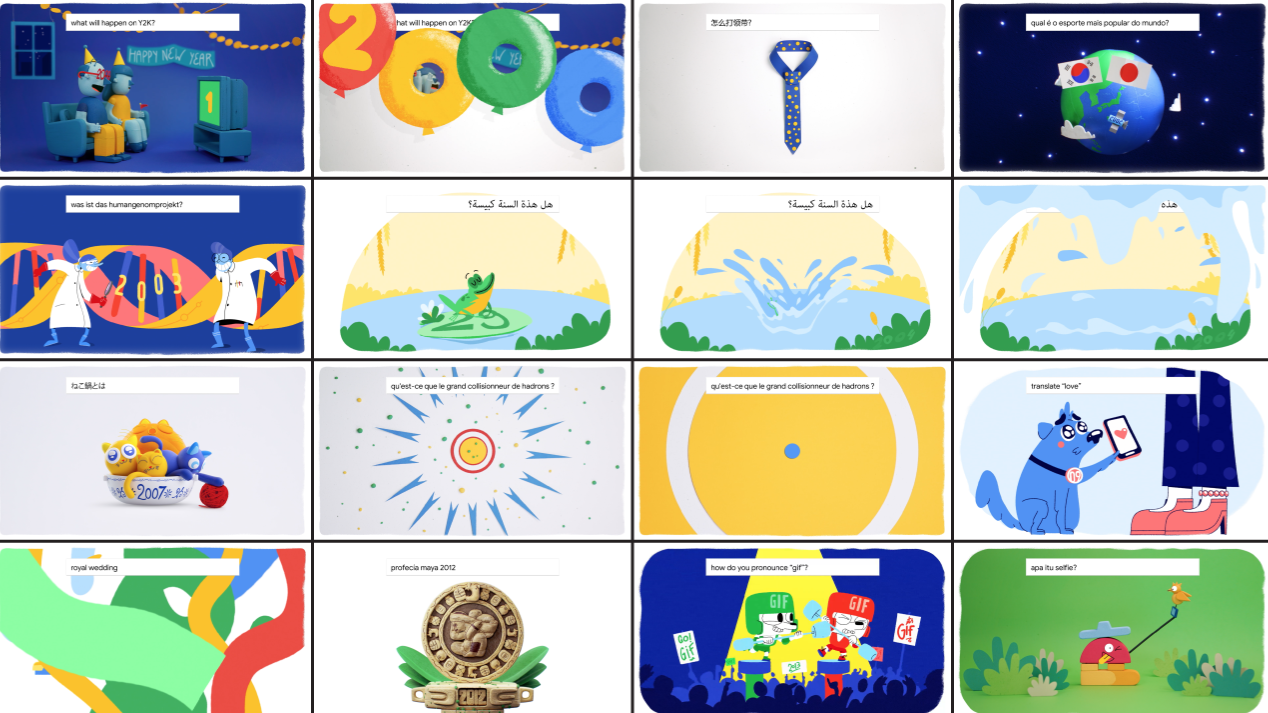
Learn Something New
You might be wondering: if the nature of my work is creative, what would a passion project provide that my professional work wouldn’t? Side projects allow you to spread your wings a little bit beyond the everyday humdrum; even if you tackle a variety of work throughout the week, side projects provide an opportunity to experiment in different roles or gain a more sophisticated understanding of a project’s scope. “You discover the real amount of work behind certain styles and formats,” Marquez said in his talk. “It also works to open your mind and to make you understand a little more about the industry itself.”
How that benefits an individual creative is obvious: more experience means the potential for better work. But for whole teams or agencies, such an approach can make up for dwindling time or budgets for R&D. Over the past few years, many agencies have answered this need by hosting short hackathons to spur creative ideas and camaraderie, though side projects allow for a sustained opportunity to extend outside of the comfort zone beyond a 24-hour blitz.
And the benefits to cultivating such a habit stick with you. Marquez says the side projects his team worked on helped some of his colleagues view animation beyond just the scope of traditional cartoons. Having more autonomy and working together on their own project allowed them to adopt a design-focused view on how animation could be used as a tool.
When people make that creative shift, they make a big change in themselves.
One big change from this shift is that you may be valued more as a strategic asset by colleagues or prospective collaborators. Side projects can provide heightened business and industry understanding, which places more trust in your ability to make decisions or play a bigger role in the concept stage of a collaborative project. “Clients do want creative partners,” Marquez said, but they can be cautious about who they hand over the reins to. Honing strategic acumen by stepping outside of your daily role with side projects is a great way to build that level of trust.
Expand Your Portfolio
So how do you prove yourself through your side projects? By working on them little-by-little, you develop not just some extra skills, but also a detailed portfolio to share them. The Deep Thoughts project, for example, showed off several features: a diverse array of styles, subtle storytelling and quick transitions from one clip to the next. These qualities exhibited the team’s creative output as well as their production capability and speed—all things that aligned perfectly with Google’s need for a remarkable Birthday Doodle to celebrate its 20-year milestone. And the parade of whimsical clips portrayed in Deep Thoughts seemed like a convenient extension of their style.
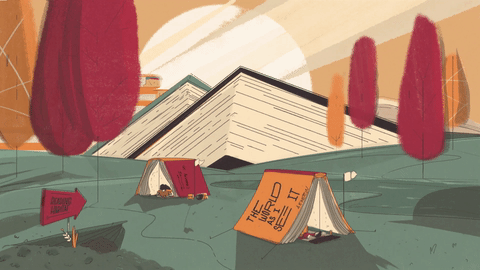

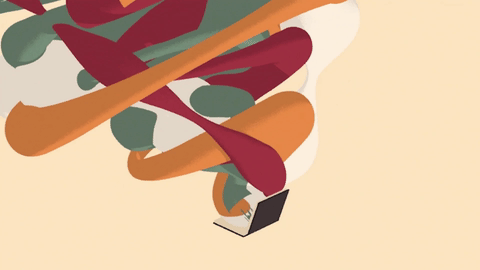
Of course, not everyone’s side project translates so closely to new collaborations and opportunities. But it’s important to remember that they don’t exist in a vacuum, either: every side project you complete provides a new opportunity to develop new skills and capabilities.
Make Work Fun Again
Side projects do more than just expand skillsets and help you prove your worth. They can also boost morale, whether you’re tackling an individual passion project or working on a team. If you are tinkering at a passion project within a group, there’s the added benefit of enhanced teamwork and visibility of each member’s skills and backgrounds.
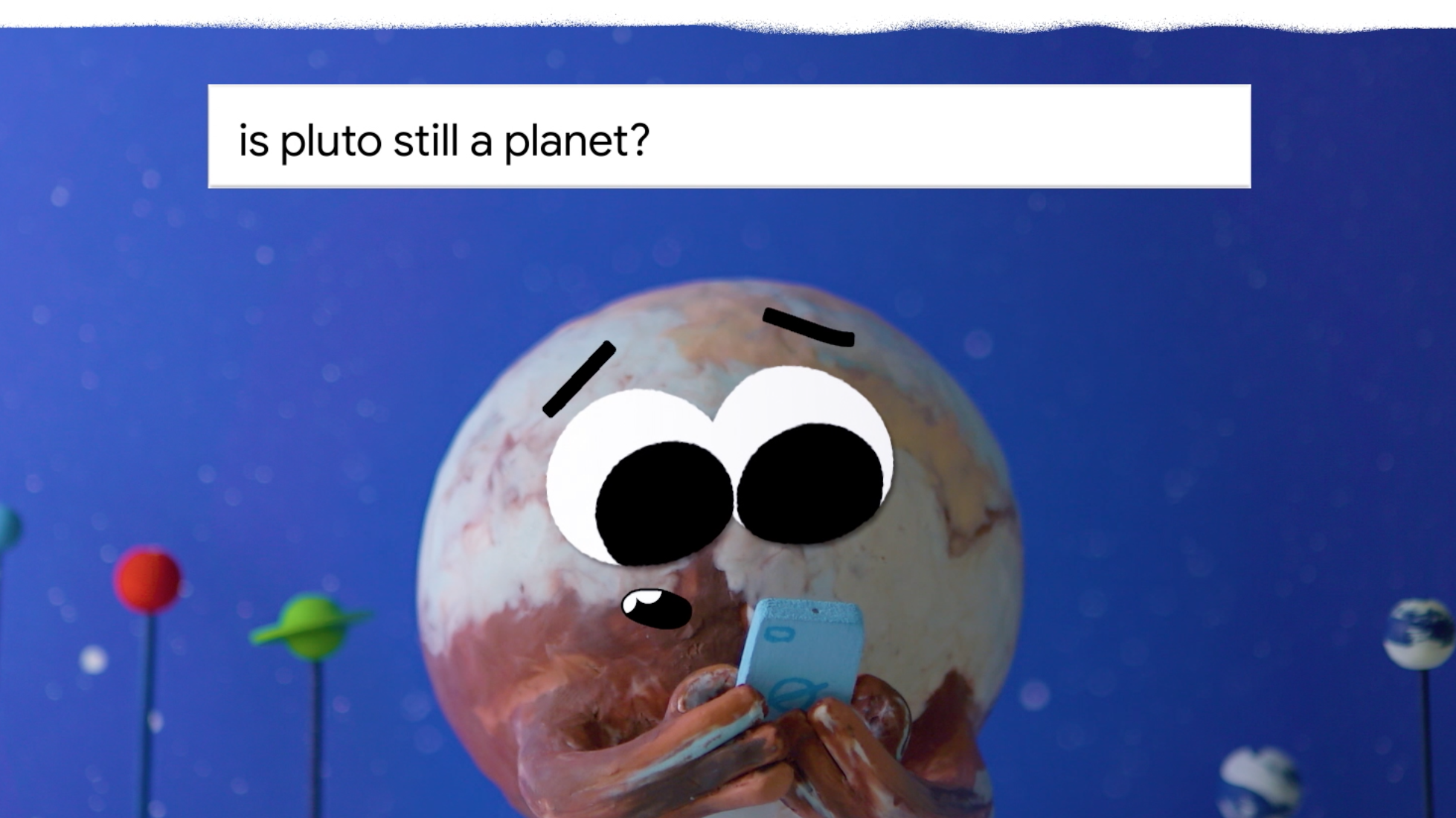

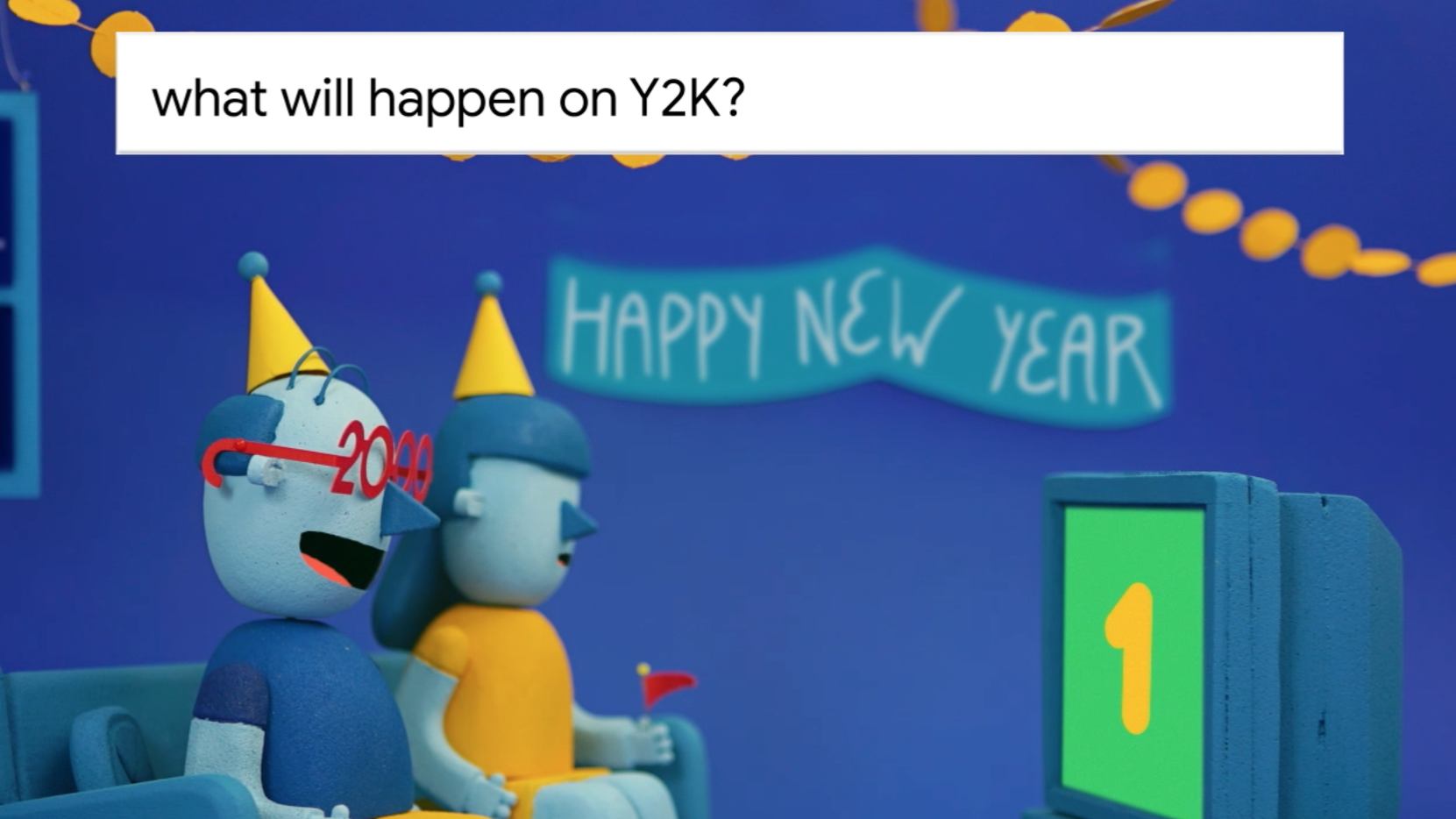
Whether you want to nurture a culture of side projects for your team or simply begin a project yourself, start by taking stock of strengths and weaknesses. What are things you do particularly well, and what opportunities would allow you to hone the skills you’re not so great at? Once you’ve set an objective, put aside time to dedicate to the project on a regular basis. The side project should be relatively low-pressure, but keeping to a timetable holds yourself accountable and ensures you stick to it.
Remember, a big part of working on passion projects is to have fun and learn while doing something you love. Anything that takes you and your colleagues away from the daily grind (and results in tangible evidence for the portfolio) should suffice. We Monks aren’t the fortune-telling type, but we know one thing for certain: “If you put effort and trust into something,” Marquez said, “it will come back to you in a positive form.”
Related
Thinking
Sharpen your edge in a world that won't wait
Sign up to get email updates with actionable insights, cutting-edge research and proven strategies.
Monks needs the contact information you provide to us to contact you about our products and services. You may unsubscribe from these communications at any time. For information on how to unsubscribe, as well as our privacy practices and commitment to protecting your privacy, please review our Privacy Policy.



